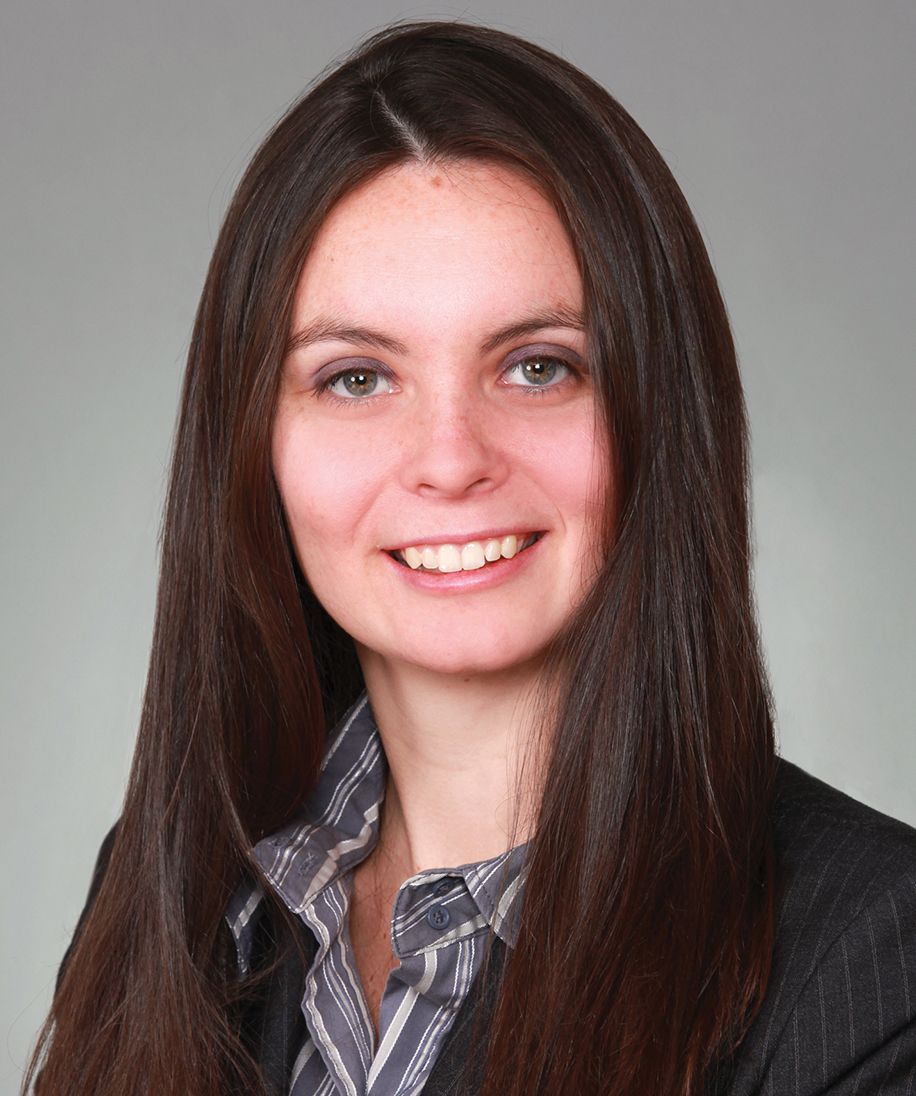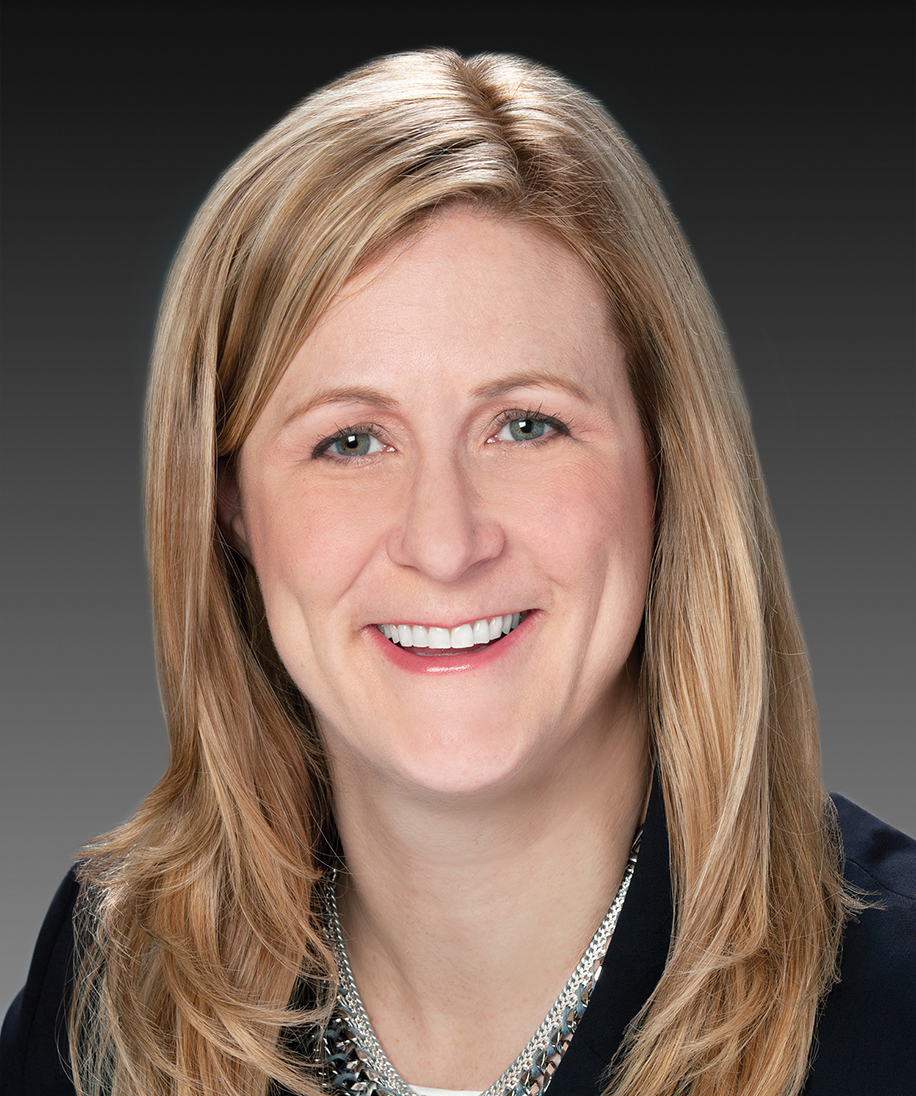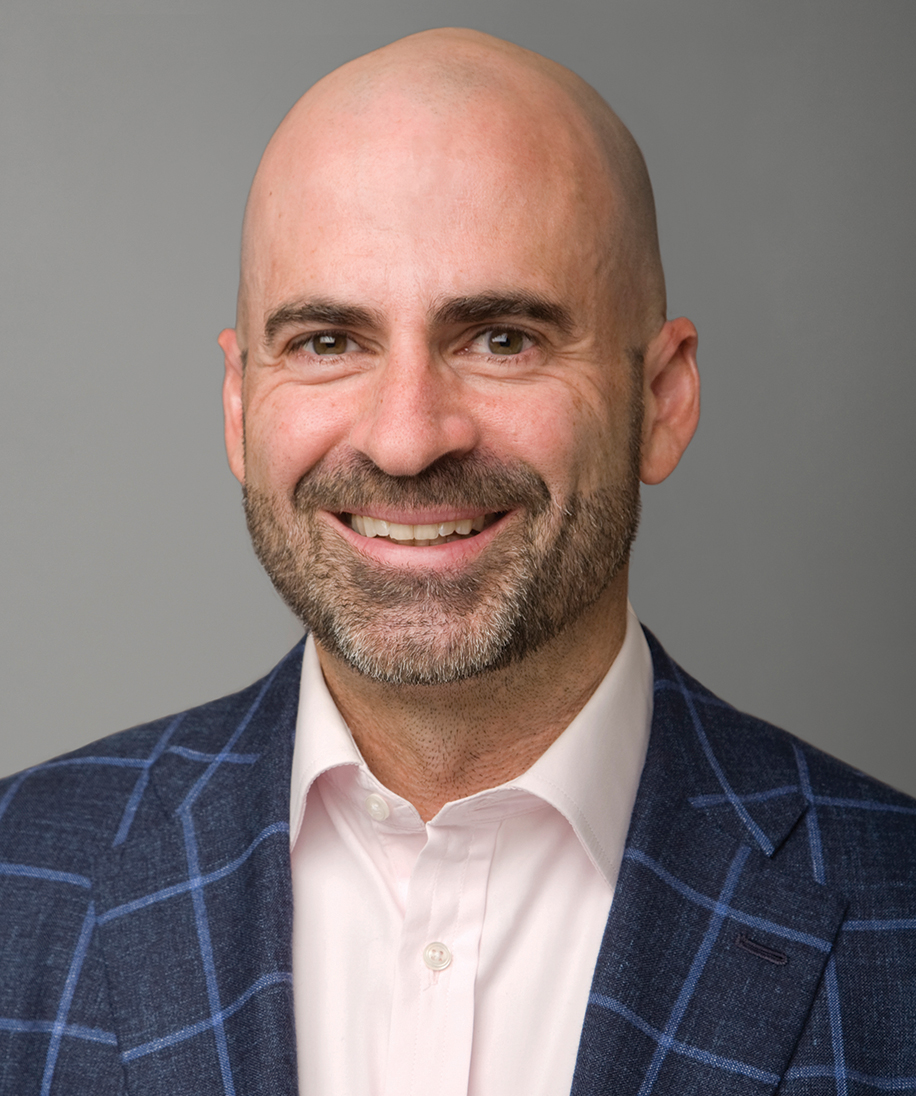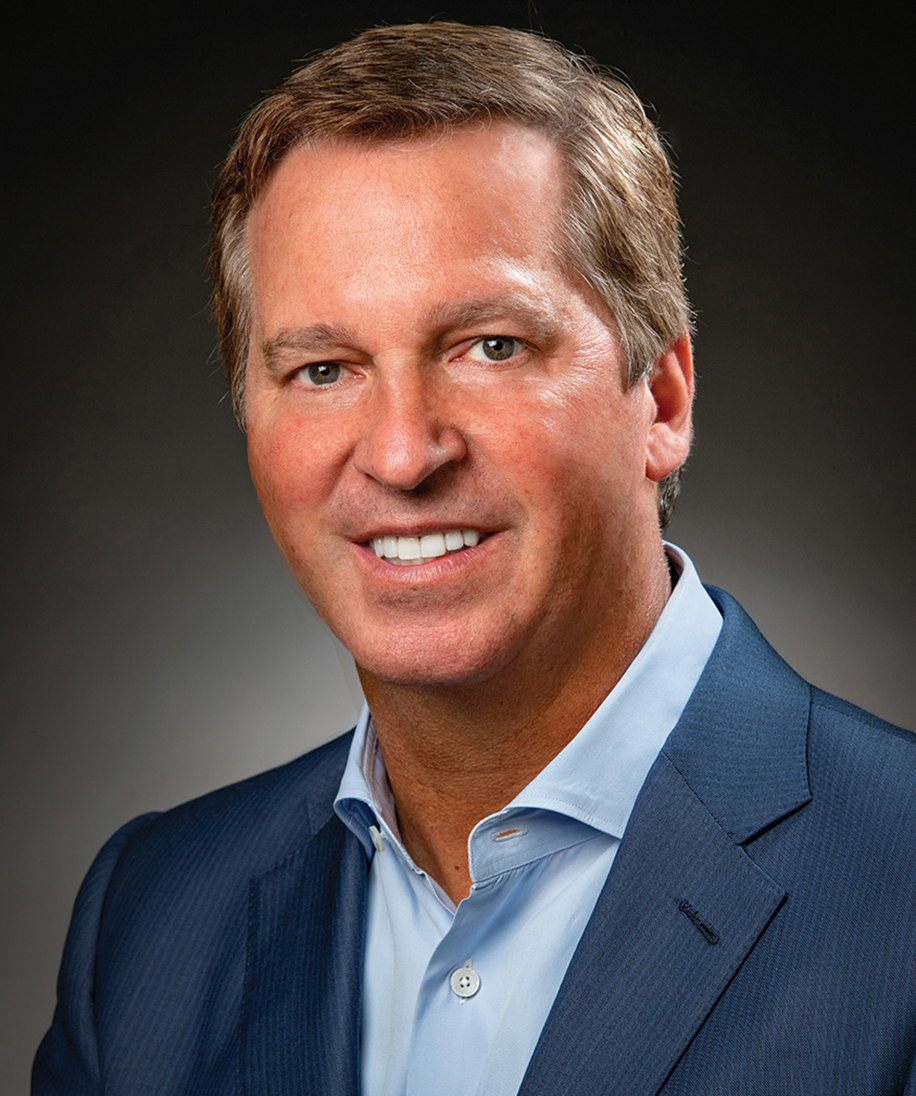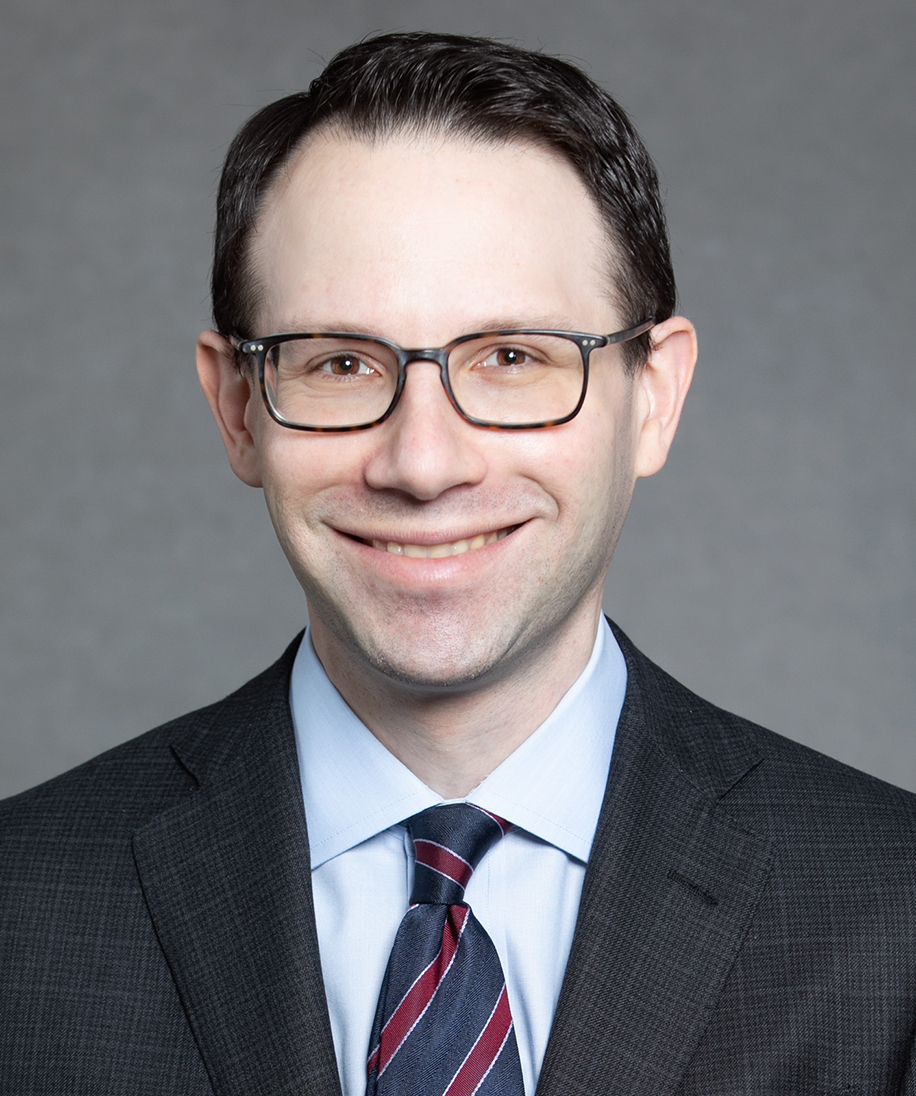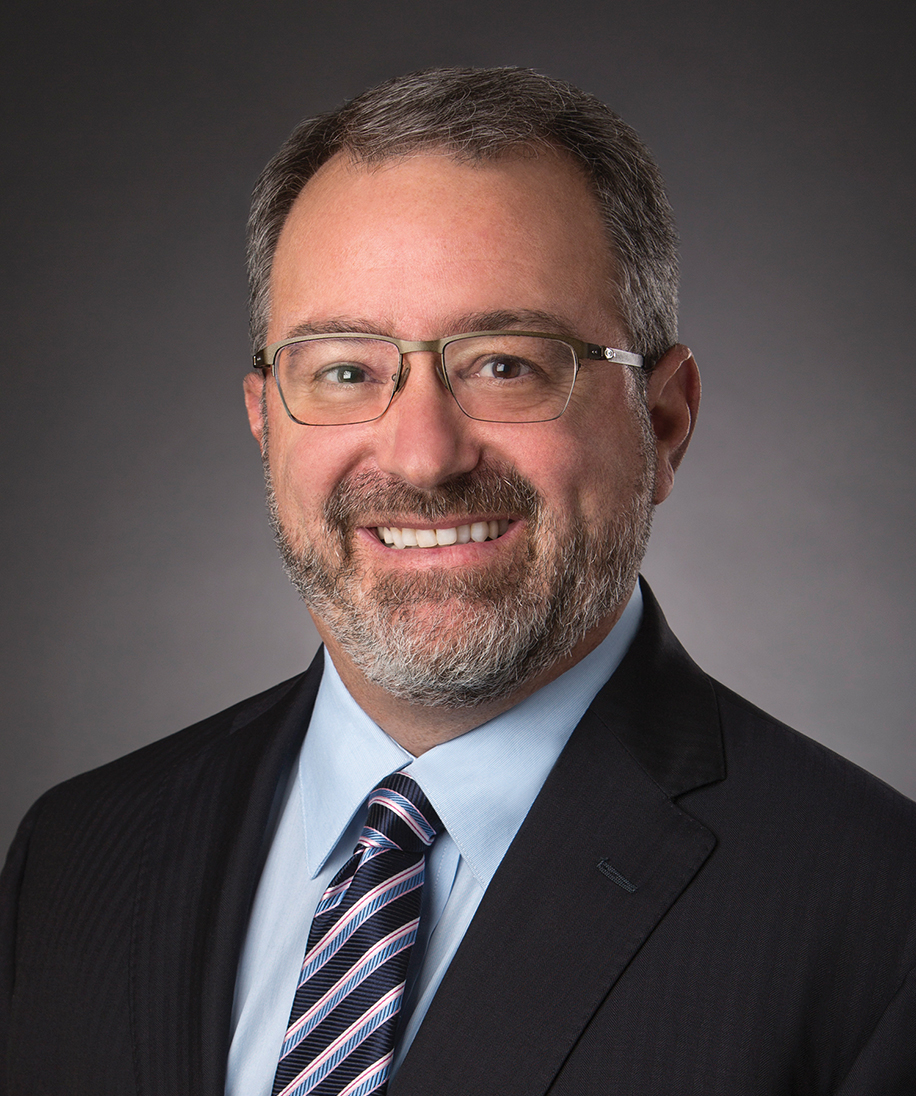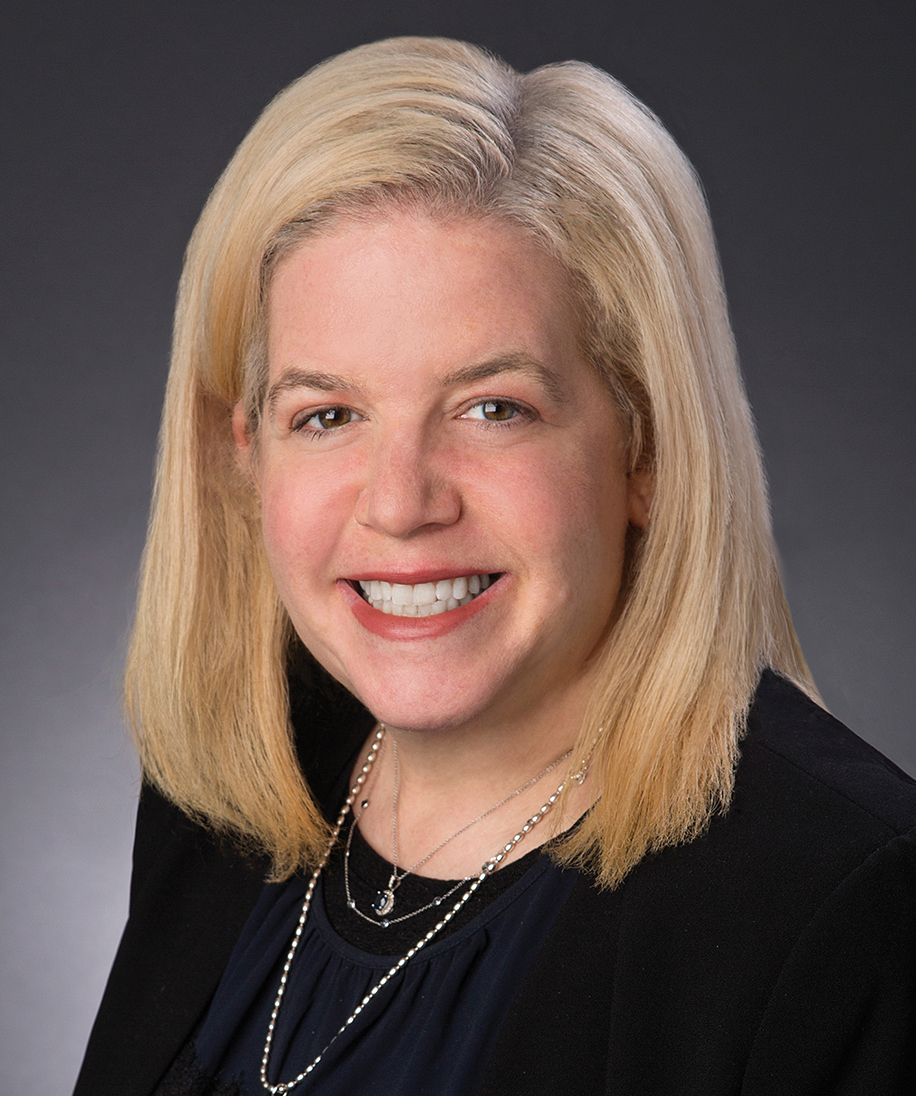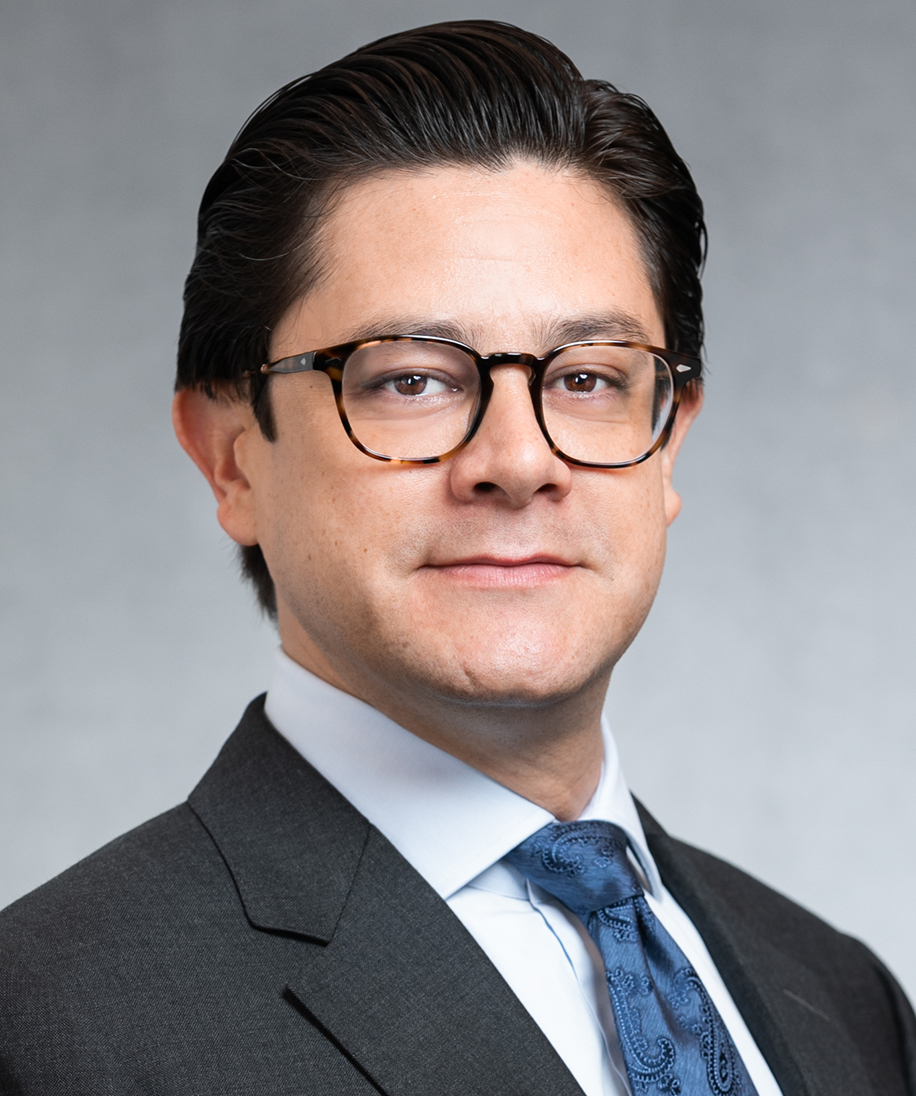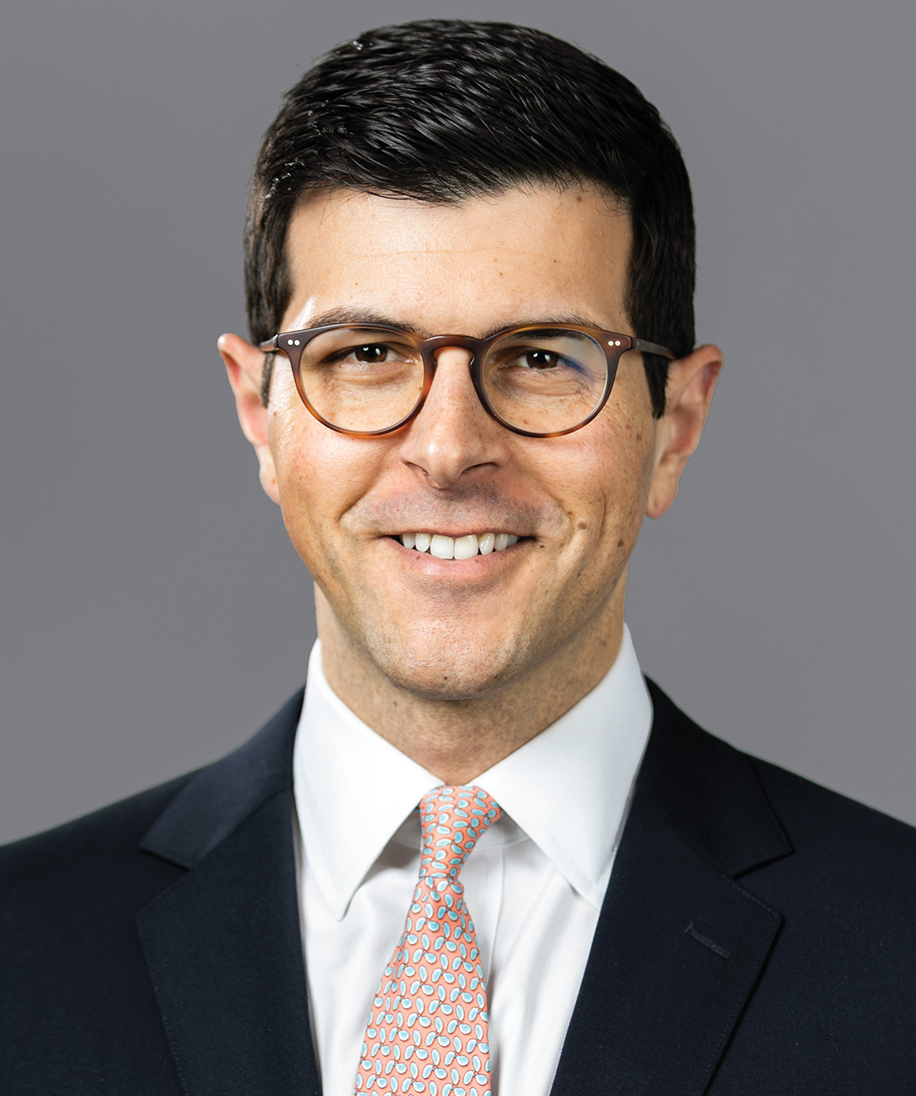Client Alert
Overview of the Credit Facilities Implemented by the Federal Reserve to Provide up to $2.3 Trillion Relying upon its Emergency Lending Powers
April 09, 2020
Paul Hastings LLP
The Board of Governors of the Federal Reserve System (the “Federal Reserve”) is implementing several credit facilities to provide up to $2.3 trillion in loans relying upon its Section 13(3) emergency lending powers under the Federal Reserve Act.1 These new facilities are in addition to the re-establishment of certain credit facilities from the 2008 financial crisis and other initiatives implemented since the onset of the COVID-19 global pandemic.
The Federal Reserve’s actions, approved by the U.S. Department of the Treasury (the “Treasury”) under Section 13(3) of the Federal Reserve Act, established three new emergency lending facilities:
- the Main Street Lending Program, including two facilities to purchase loans made under the Main Street Lending Program (collectively, the “Main Street Program”);
- the Paycheck Protection Program Lending Facility; and
- the Municipal Liquidity Facility.
Moreover, the Federal Reserve significantly expanded the size and/or scope of three existing emergency lending facilities previously announced on March 23, 2020:
- the Primary Market Corporate Credit Facility (“PMCCF”);
- the Secondary Market Corporate Credit Facility (“SMCCF”); and
- the Term Asset-Backed Securities Loan Facility (“TALF”).
The details of each of the new lending facilities are summarized in Annex A hereto. The details are subject to change as the Federal Reserve finalizes the facilities.
Main Street Program
The Main Street Program will enhance support for small and mid-sized businesses that were in good financial standing before the COVID-19 crisis. The Main Street Program will offer four-year loans to companies employing up to 10,000 workers or with revenues of less than $2.5 billion, subject to a one-year payment deferral in respect of principal and interest. Under the Main Street Program, eligible lenders may originate new loans (pursuant to the “Main Street New Loan Facility” or “MSNLF”)2 or use new loans to increase the size of existing loans to eligible borrowers (pursuant to the “Main Street Expanded Loan Facility” or “MSELF”).3 Under the Main Street Program, the Federal Reserve Banks will lend to a special purpose vehicle (“SPV”) on a recourse basis. The SPV will purchase 95% participations in eligible MSNLF loans and 95% participations in the upsized tranche of eligible MSELF loans. In each case, lenders would retain 5% of each loan. It currently is contemplated that eligible lenders under the Main Street Program will be limited to U.S. insured depository institutions, U.S. bank holding companies and U.S. savings and loan holding companies.
Under the MSNLF, eligible loans must be unsecured and originated on or after April 8, 2020 with a maximum size that is the lesser of (i) $25 million or (ii) an amount that, when added to the borrower’s existing outstanding and committed but undrawn debt, does not exceed four times the borrower’s 2019 EBITDA.
Under the MSELF, eligible loans will have a maximum size that is the lesser of (i) $150 million, (ii) 30% of the borrower’s existing outstanding and committed but undrawn bank debt, or (iii) an amount that, when added to the borrower’s existing outstanding and committed but undrawn debt, does not exceed six times the borrower’s 2019 EBITDA. In addition, any collateral securing an eligible MSELF loan, whether such collateral was pledged under the original terms of the loan or at the time of upsizing, will secure the loan participation on a pro rata basis. Borrowers and lenders should review the required terms of any incremental facility under the applicable existing debt documents to determine whether the issuance of new MSELF loans would be permissible absent an amendment to such debt documents. For example, the four-year maturity date requirement could pose challenges under typical weighted average life requirements under incremental facilities and fungibility with existing term loans may be an issue given the one-year payment deferral.
Borrowers under the Main Street Program may also incur loans under the CARES Act Paycheck Protection Program (“PPP”). Like the PPP, the Main Street Program is aimed at covering payroll costs and, as such, borrowers will be prohibited from using loan proceeds to repay or refinance pre-existing loans or lines of credit. Under the Main Street Program, the Federal Reserve will purchase originated loans through new facilities. Businesses seeking loans under the Main Street Program will be required to commit to make reasonable efforts to maintain payroll and retain workers and will be subject to the borrower restrictions under Title IV of the CARES Act for the term of the loan and twelve months thereafter, including restrictions on dividends, stock repurchases and executive compensation.
Enhancement to Existing Facilities
As noted above, the announcement also significantly broadened the size and/or scope of the three emergency lending facilities previously announced on March 23, 2020—the PMCCF, SMCCF and TALF. Under Section 4027 of the CARES Act, Treasury approved a $75 billion equity investment in the PMCCF and SMCCF programs which, together, will provide up to $750 billion in liquidity. Treasury also approved the expansion of the TALF to include as eligible collateral of highly rated newly issued collateralized loan obligations and legacy commercial mortgage-backed securities. As announced on March 23, 2020, Treasury will make an equity investment of $10 billion in the TALF program, which is expected to provide up to $100 billion of loans. The combination of these new and expanded emergency lending facilities is expected to provide up to $2.3 trillion in new financing to stabilize the U.S. economy.
The PMCCF will serve as a funding backstop for corporate debt issued by eligible issuers.4 Under the PMCCF, the Federal Reserve will both purchase bonds from eligible issuers and extend loans through an SPV. The ESF will make an initial $10 billion equity investment in the SPV. Eligible issuers are defined as U.S. companies headquartered in the United States with material operations in the United States. Eligible issuers exclude companies that have received support under the CARES Act or any subsequent federal legislation. Eligible corporate debt must be rated at least BBB-/Baa3 as of March 22, 2020, by a major nationally recognized statistical rating organization (“NRSRO”) and have a maturity of four years or less.
The SMCCF will provide liquidity in the secondary corporate debt markets through the purchase of outstanding corporate bonds issued by investment-grade eligible issuers.5 As with the PMCCF, eligible issuers are defined as U.S. companies headquartered in the United States with material operations in the United States, and exclude companies that have received support under the CARES Act or any subsequent federal legislation. Under the SMCCF, the Federal Reserve will lend to an SPV that will purchase eligible individual corporate bonds as well as U.S.-listed exchange traded funds whose investment objective is to provide broad exposure to the market for U.S. investment-grade corporate bonds. As with the PMCCF, the ESF will make an initial $10 billion equity investment in the SPV.
The TALF was re-established to support the flow of credit to consumers and small businesses by facilitating the issuance of asset-backed securities (“ABS”).6 Under the TALF, an SPV initially funded by the Treasury’s Exchange Stabilization Fund (“ESF”) in the amount of $10 billion, will make up to $100 billion of nonrecourse loans with three-year terms, fully secured by AAA-rated ABS backed by student loans, auto loans, credit card loans, loans guaranteed by the Small Business Administration (“SBA”), and certain other assets. The scope of the TALF has been broadened to now include the triple-A rated tranches of both outstanding commercial mortgage-backed securities and newly issued collateralized loan obligations. The size of the facility will remain $100 billion.
Paycheck Protection Program Liquidity Facility
The new Paycheck Protection Program Liquidity Facility (the “PPP Liquidity Facility”) extends credit to PPP lenders by taking PPP loans as collateral at face value.7 By establishing a separate facility, the Federal Reserve eliminates the stigma commonly associated with using the Federal Reserve’s discount window. Although non-bank lenders can now apply to become a PPP lender,8 initially the PPP Liquidity Facility will not be accessible by non-banks.
Municipal Liquidity Facility
The Municipal Liquidity Facility (the “MLF”) will involve the purchase up to $500 billion of short-term notes directly from states, the District of Columbia, large counties with a population of at least two million and large U.S. cities with a population of at least one million.9 States may use MLF proceeds to support additional counties and cities not otherwise eligible to borrow directly under the MLF.
* * *
The details of the facilities are summarized in Annex A hereto. Paul Hastings is actively counselling clients on these emergency lending programs and other stimulus programs adopted to date by the Federal Reserve, Treasury and the federal banking agencies. This information remains fluid and subject to change. Stay tuned for updates as these emergency lending programs and other stimulus programs are finalized and implemented.
Annex A
The Main Street Lending Program
Main Street New Loan Facility
Main Street Expanded Loan Facility
Information as of April 9, 2020
|
What Does the Program Do? |
Who Can Participate? |
Key Terms? |
Comments |
|
The Main Street Lending Program (the “Main Street Program”) will enhance support for small and mid-sized businesses that were in good financial standing before the COVID-19 crisis.
Under the Main Street Program, eligible lenders may originate new loans (pursuant to the “Main Street New Loan Facility” or “MSNLF”) or use new loans to increase the size of existing loans to eligible borrowers (pursuant to the “Main Street Expanded Loan Facility” or “MSELF”).
Eligible lenders will retain a 5% share, selling the remaining 95% to the Main Street Program facility, which will purchase up to $600 billion of loans. |
Eligible lenders under the Main Street Program:
U.S. insured depository institutions, U.S. bank holding companies and U.S. savings and loan holding companies.
Eligible borrowers under the Main Street Program:
Businesses with up to 10,000 employees OR up to $2.5 billion in 2019 annual revenues. Each eligible borrower must be a U.S. business with significant operations in AND a majority of its employees based in the United States. |
Eligible loans under the MSNLF:
Other key terms under both facets of the Main Street Program:
Principal and interest payments must be deferred for one year and there cannot be any prepayment penalties.
Under both the MSNLF and MSELF, eligible borrowers seeking loans under the Main Street Program must commit, among several other commitments, to make reasonable efforts to maintain payroll and retain workers during the term of the Main Street Program loan.
Borrowers will be subject to the borrower restrictions under Title IV of the CARES Act for the term of the loan and twelve months thereafter, including restrictions on dividends, stock repurchases and executive compensation.
Loan proceeds cannot be used to repay or refinance pre-existing loans or lines of credit. |
Borrowers will pay a fee of 100 basis points of the principal amount of the eligible loan to the lender (with the lender passing on its ratable share of such fee to the SPV on the purchased loans in the case of the MSNLF). The SPV will pay the lender a 25 basis point per annum fee for servicing.
Eligible borrowers that participate in the MSNLF may not participate in the MSELF or the PMCCF.
Eligible borrowers that participate in the MSELF may not participate in the MSNLF or the PMCCF.
Eligible borrowers that have taken advantage of the PPP may also participate in the MSNLF or MSELF. |
Primary Market Corporate Credit Facility
Information as of April 9, 2020
|
What Does the Program Do? |
Who Can Participate? |
How to Participate? |
Comments |
|
The Primary Market Corporate Credit Facility (“PMCCF”) will purchase qualifying bonds as the sole investor in a bond issuance and purchase portions of syndicated loans or bonds at issuance. |
Eligible issuers:
|
Secondary market program operated by the Federal Reserve Bank of New York.
Eligible issuers to sell eligible corporate bonds and syndicated loans and bonds.
Eligible bonds:
Issued by an eligible issuer and have a maturity of four years or less.
Eligible syndicated loans and bonds:
Issued by an eligible issuer and have a maturity of four years or less. The PMCCF may purchase no more than 25% of any loan syndication or bond issuance. |
Limit:
The maximum amount of outstanding bonds or loans of an eligible issuer that borrows from the PMCCF may not exceed 130% of the issuer’s maximum outstanding bonds and loans on any day between March 22, 2019 and March 22, 2020.
The maximum amount of instruments that the PMCCF and SMCCF combined will purchase with respect to any eligible issuer is capped at 1.5% of the combined potential size of the PMCCF and the SMCCF.
For eligible corporate bonds, pricing will be issuer-specific based on market conditions, plus a 100 basis point facility fee.
For eligible syndicated loans and bonds, the facility will receive the same pricing as other syndicate members plus a 100 basis point facility fee on the facility’s share of the syndication. |
Secondary Market Corporate Credit Facility
Information as of April 9, 2020
|
What Does the Program Do? |
Who Can Participate? |
How to Participate? |
Comments |
|
The Secondary Market Corporate Credit Facility (“SMCCF”) will purchase eligible individual corporate bonds and corporate bond portfolios exchange traded funds (“ETFs”). |
Eligible issuers:
Eligible sellers:
U.S. companies headquartered in the United States and with significant operations in and a majority of its employees based in the United States. |
Secondary market program operated by the Federal Reserve Bank of New York.
Eligible corporate bonds:
Issued by an eligible issuer, have a remaining maturity of five years or less, and sold by an eligible seller.
Eligible ETFS:
U.S.-listed ETFs whose investment objective is to provide broad exposure to the market for U.S. corporate bonds. |
Limits per eligible issuer/ETF:
The maximum amount of bonds that the SMCCF will purchase from the secondary market of any eligible issuer is also capped at 10% of the issuer’s maximum bonds outstanding on any day between March 22, 2019 and March 22, 2020.
The SMCCF will not purchase shares of a particular ETF if the SMCCF would hold more than 20% of the ETF’s outstanding shares.
The maximum amount of instruments that the SMCCF and PMCCF combined will purchase with respect to any eligible issuer is capped at 1.5% of the combined potential size of the SMCCF and PMCCF. |
Term Asset-Backed Securities Loan Facility
Information as of April 9, 2020
|
What Does the Program Do? |
Who Can Participate? |
How to Participate? |
Comments |
|
Supports the asset-backed securities (“ABS”) market by providing loans for new ABS issuances.
Eligible ABS:
Eligible ABS must be issued on or after March 23, 2020. Commercial mortgage-backed securities (“CMBS”) issued on or after March 23, 2020, will not be eligible. For CMBS, the underlying credit exposures must be to real property located in the U.S. or a territory. |
Eligible borrowers:
|
Through relationships with primary dealers, eligible borrowers can pledge eligible collateral to the Federal Reserve Bank of New York:
|
Detailed terms and conditions will further define the eligible underlying credit exposures for purposes of the TALF. The definitions are expected to be broadly consistent with the defined terms used for purposes of the 2008 TALF program. |
Paycheck Protection Lending Facility
Information as of April 9, 2020
|
What Does the Program Do? |
Who Can Participate? |
Key Terms? |
Comments |
|
Under the Paycheck Protection Lending Facility (the “PPP Facility”), the Federal Reserve Banks will lend to eligible borrowers on a nonrecourse basis, taking PPP loans as collateral. |
Eligible borrowers:
All depository institutions that originate PPP loans. The Federal Reserve is working to expand the universe to other lenders that originate PPP loans. Eligible borrowers participate in the PPP Facility through the Reserve Bank in the district in which the eligible borrower is located. |
Only PPP loans guaranteed by the SBA are eligible to serve as collateral for the PPP Facility. |
A PPP Loan will be assigned a risk weight of zero percent under the risk-based capital rules of the federal banking agencies. On April 9, 2020, the Federal Reserve, the OCC and FDIC issued an interim final rule to allow banking organizations to neutralize the effect of PPP Loans financed under the PPP Facility on leverage capital ratios. |
Information as of April 9, 2020
|
What Does the Program Do? |
Who Can Participate? |
Key Terms? |
Comments |
|
Under the Municipal Liquidity Facility (the “MLF”), the Federal Reserve Banks will lend to U.S. states and the District of Columbia, large U.S. cities with a population exceeding one million and large U.S. counties with a population exceeding two million. |
Eligible issuers:
An eligible issuer is a state, city or county (or an instrumentality thereof that issues on behalf of the state, city or county for the purpose of managing its cash flows).
Eligibility is subject to review and approval by the Federal Reserve. |
Eligible notes are tax anticipation notes, tax and revenue anticipation notes, bond anticipation notes and other similar short-term notes issued by eligible issuers, provided such eligible notes mature no later than 24 months from the date of issuance.
Each note’s eligibility is subject to review and approval by the Federal Reserve. |
Under the MLF, the Federal Reserve Banks will lend to an SPV on a recourse basis and the SPV will purchase eligible notes directly. The SPV will have the ability to purchase up to $500 billion of eligible notes. |
Click here for a PDF of the full text
2 The Main Street New Loan Facility is available at: https://www.federalreserve.gov/newsevents/pressreleases/files/monetary20200409a7.pdf.
3 The Main Street Expanded Loan Facility is available at: https://www.federalreserve.gov/newsevents/pressreleases/files/monetary20200409a4.pdf
4 The Primary Market Corporate Credit Facility is available at: https://www.federalreserve.gov/newsevents/pressreleases/files/monetary20200409a5.pdf.
5 The Secondary Market Corporate Credit Facility is available at: https://www.federalreserve.gov/newsevents/pressreleases/files/monetary20200409a2.pdf.
6 The Term Asset-Backed Securities Loan Facility is available at: https://www.federalreserve.gov/newsevents/pressreleases/files/monetary20200409a1.pdf.
7 The Paycheck Protection Program Liquidity Facility is available at: https://www.federalreserve.gov/newsevents/pressreleases/files/monetary20200409a6.pdf.
8 https://home.treasury.gov/system/files/136/PPP--Agreement-for-New-Lenders-Non-Bank-Non-Insured-Depository-Institution-Lenders-w-seal-fillable_0.pdf
9 The Municipal Liquidity Facility is available at: https://www.federalreserve.gov/newsevents/pressreleases/files/monetary20200409a3.pdf.
Practice Areas
Securities and Capital Markets
Leveraged & Syndicated Lending
Energy and Global Climate Change
Direct Lending and Private Credit Lending
For More Information
